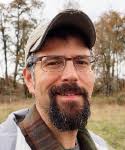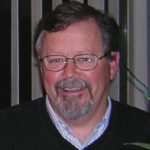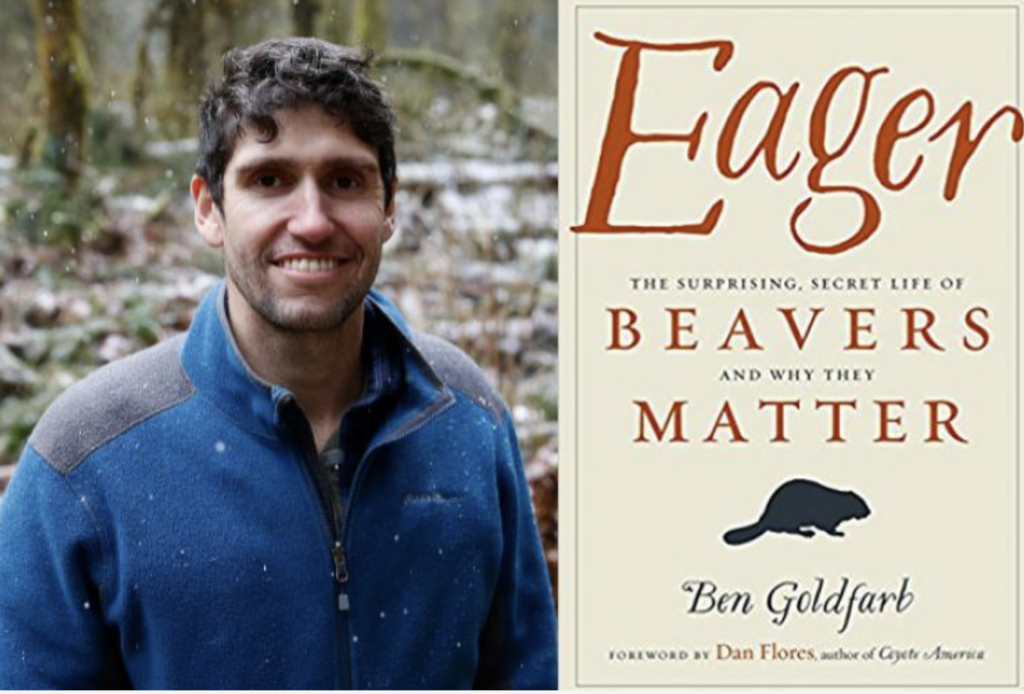Geology and the Art of Stone Carving
Many members of the Northwest Stone Sculptors Association (NWSSA), including me, use Washington rocks in their art. In this talk, I’ll give an overview of this state’s geological setting that provide these stones and describe the connections among basalt, dunite, jade, and the glacial erratics that we work with. I’ll highlight a few of my favorite sculptors, talk about some of the stone they work, and touch on tools and techniques we use to sculpt these locally sourced stones.
In 2009 King County geologist Greg Wessel curated a geology and art show on Vashon Island called, “Geo sapiens”. At the show’s opening I met Shannon and Wilson geologist Bill Laprade. Bill was showing a couple pieces of Texas limestone carved with geology themes. His stone sculpture really made an impact on me. Bill encouraged me to attend a stone-carving symposium put on by NWSSA (see below). I attended my first weeklong symposium in July of 2011 and I’ve been making dust ever since.
You may want to visit some or all of these links before the talk to see artists in action:
- Northwest Stone Sculptors Association
https://nwssa.org/ - Pat Barton, Issaquah: Dunite
http://www.bartonstonework.com/ - Tom Small, San Juan Island: Basalt and glacial erratics
http://www.sculptureoftomsmall.com/index.html - Sue Taves, Whidbey Island: Basalt and glacial erratics
https://suetavessculpture.com/ - Deborah Wilson, BC: Jade
http://www.deborahwilson.bc.ca/main.htm - Marenakos stone yard, Issaquah
https://marenakos.com/
The Speaker

Trevor is a Licensed Engineering Geologist with the Landslide Hazards Program at the Washington Geological Survey, where he studies landslides and helps communities under-stand and mitigate landslide hazards. He has worked for the WGS since 2006 in various positions and in the Forest Practices Division helping foresters understand landslides and evaluate timber harvest proposals.
Prior to working for the Survey, he worked for the Washington Department of Ecology, regulating well drilling and water well construction.
Click here to see my bio: https://www.dnr.wa.gov/publications/ger_bio_contreras_trevor.pdf


